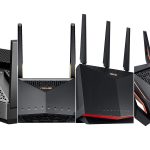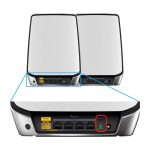Introduction
In today’s digital age, staying connected is more important than ever, and this necessity extends beyond the confines of our homes and offices. Outdoor spaces, whether for commercial or residential use, require reliable and robust wireless connectivity to support various applications such as security systems, smart home devices, event venues, or even remote workstations. To achieve this, selecting the right outdoor router becomes a crucial decision-making process. This comprehensive guide will delve into the key factors to consider when choosing an outdoor router, ensuring that your outdoor connectivity needs are met with precision and resilience.
Understanding Outdoor Routers
Outdoor routers are designed specifically to withstand harsh environmental conditions while providing stable wireless internet access. Unlike their indoor counterparts, outdoor routers feature weather-resistant enclosures, wider wireless coverage, and often more powerful antennas to counteract signal degradation over long distances and through obstacles like walls and trees. These routers typically support advanced wireless standards like Wi-Fi 6 (802.11ax) for faster speeds and better device handling capacity.

Determining Your Connectivity Needs
Before diving into the myriad of options available, it’s essential to assess your specific connectivity requirements. Factors to consider include:
- Coverage Area: Measure the area you need to cover with wireless signals. Larger areas may necessitate routers with stronger transmitting power or the ability to connect multiple access points.
- Number of Devices: Evaluate how many devices will simultaneously connect to the network. High-density usage requires routers capable of managing multiple connections efficiently without compromising speed.
- Data Usage: Consider the type of data usage your network will support. Streaming video, online gaming, or large file transfers demand higher bandwidth capabilities.
- Security Requirements: Ensure the router supports robust security protocols like WPA3 to protect your network from unauthorized access.
Wireless Standards and Speeds
The wireless standard supported by a router directly impacts its performance. Wi-Fi 6, the latest standard, offers faster speeds, lower latency, and better efficiency in managing multiple devices. If your outdoor setup involves many smart devices or high-bandwidth activities, opting for a Wi-Fi 6 router can significantly enhance your network’s performance. However, compatibility with client devices is crucial; older devices might not fully leverage Wi-Fi 6 capabilities.
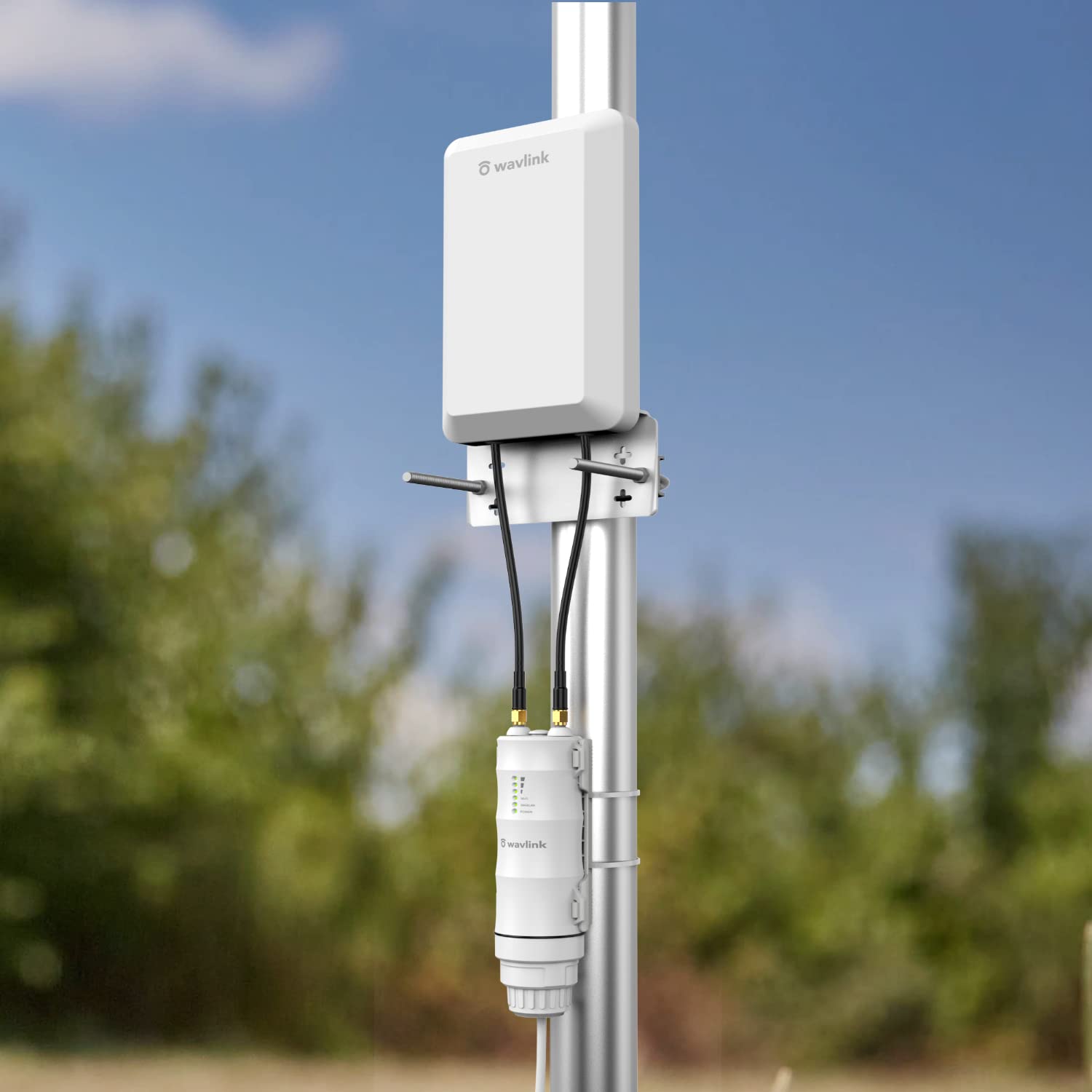
Weather Resistance and Durability
An outdoor router must withstand temperature extremes, moisture, dust, and potential physical impacts. Look for routers with an Ingress Protection (IP) rating that specifies its resistance to these elements. Common ratings include IP65, which denotes protection against dust ingress and water jets, making it suitable for most outdoor environments. Additionally, ensure the router’s casing is made from durable materials like metal or ruggedized plastic to handle wear and tear.
Signal Strength and Range
Signal strength and range are pivotal for outdoor deployments. Select a router with high-gain antennas and adjustable transmit power to optimize coverage. For extensive areas, consider mesh networking systems or routers with external antenna connectors that allow for attaching specialized high-performance antennas. Understanding the landscape—whether open fields, dense foliage, or urban environments—will help determine the necessary equipment to overcome signal obstructions.
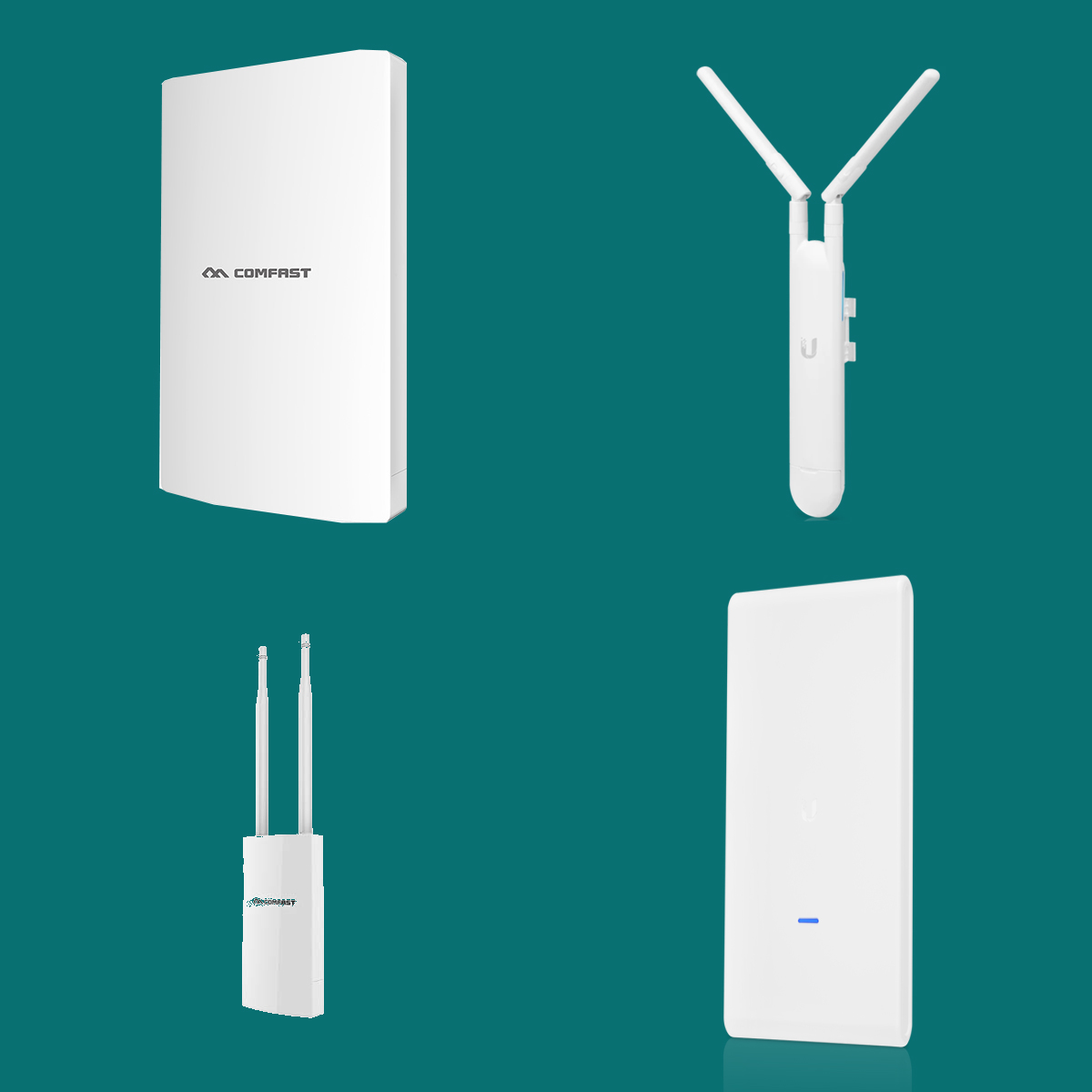
Power Options: PoE and Solar
Power-over-Ethernet (PoE) is a popular method for powering outdoor routers, enabling both data transfer and electrical power through a single Ethernet cable. This simplifies installation by eliminating the need for separate power lines, especially useful in remote locations. Alternatively, solar-powered routers offer an off-grid solution for areas where traditional power sources are unavailable or impractical, ensuring continuous operation even during power outages.
Ease of Installation and Management
Ease of deployment and ongoing management are critical considerations. User-friendly interfaces and mobile apps for configuration can streamline the initial setup process. Cloud-based management platforms allow for remote monitoring and control of the network, enabling quick troubleshooting and firmware updates without physical access to the router. For larger installations, consider routers that integrate seamlessly with network management systems for centralized control.
Future-Proofing Your Investment
Given the rapid pace of technology advancement, choosing a router that supports future upgrades is wise. Modular designs, allowing for swapping out components like antennas or upgrading firmware to support new wireless standards, can extend the router’s lifespan. Additionally, routers with ample processing power and memory can handle software enhancements and accommodate growing network demands over time.
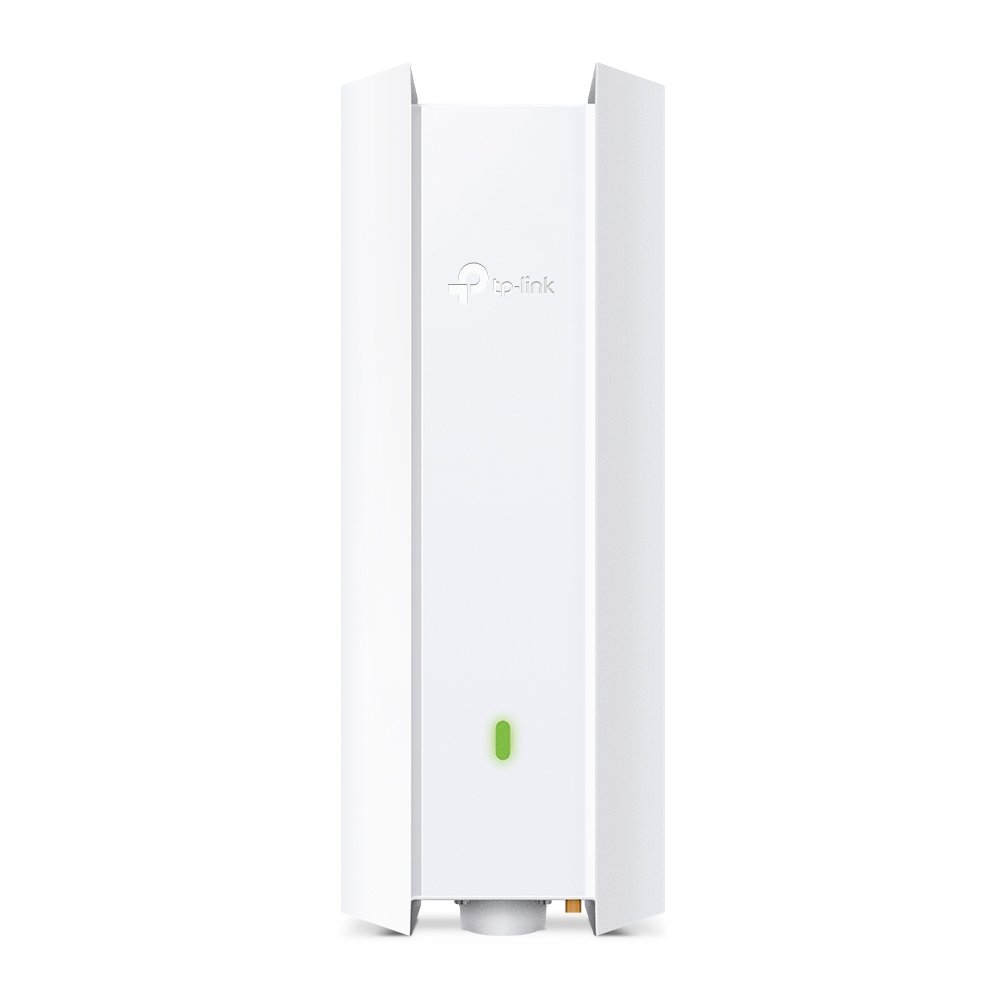
Comparing Popular Models and Brands
When comparing outdoor routers, research models from reputable brands known for their reliability and performance. Brands like Ubiquiti, TP-Link, Netgear, and Mikrotik offer a range of outdoor routers tailored to different needs and budgets. Compare specifications, read reviews, and consult professional forums to gauge real-world performance before making a decision.
Selecting the Right Features and Specifications
When delving into the specifics of various outdoor router models, pay close attention to key features and specifications that align with your networking requirements.
- Wireless Standards: Look for routers supporting the latest Wi-Fi standards, such as Wi-Fi 6 (802.11ax) or Wi-Fi 6E, which offer faster speeds, improved efficiency, and better handling of multiple devices. These standards are particularly beneficial in high-density areas where many devices are simultaneously connected.
- Frequency Bands: Dual-band or tri-band routers provide flexibility by operating on both 2.4GHz and 5GHz frequencies. The additional band in tri-band routers can help manage traffic more efficiently, especially in networks with numerous high-bandwidth applications like video streaming and online gaming.
- Throughput and Speeds: Ensure the router’s maximum theoretical throughput matches your speed needs. High-speed routers can deliver gigabit speeds, crucial for bandwidth-intensive tasks. However, actual speeds will also depend on your internet plan and environmental factors.
- Antenna Configuration: The number, type, and directionality of antennas can significantly impact coverage and signal strength. Detachable antennas allow for customization with high-gain alternatives for extended range or specialized directional antennas for targeted coverage.
- Weather Resistance: Since these routers are intended for outdoor use, ensure they have a high Ingress Protection (IP) rating, indicating resistance to dust and water. Common ratings include IP65 or IP67, ensuring protection against dust and water jets or immersion.
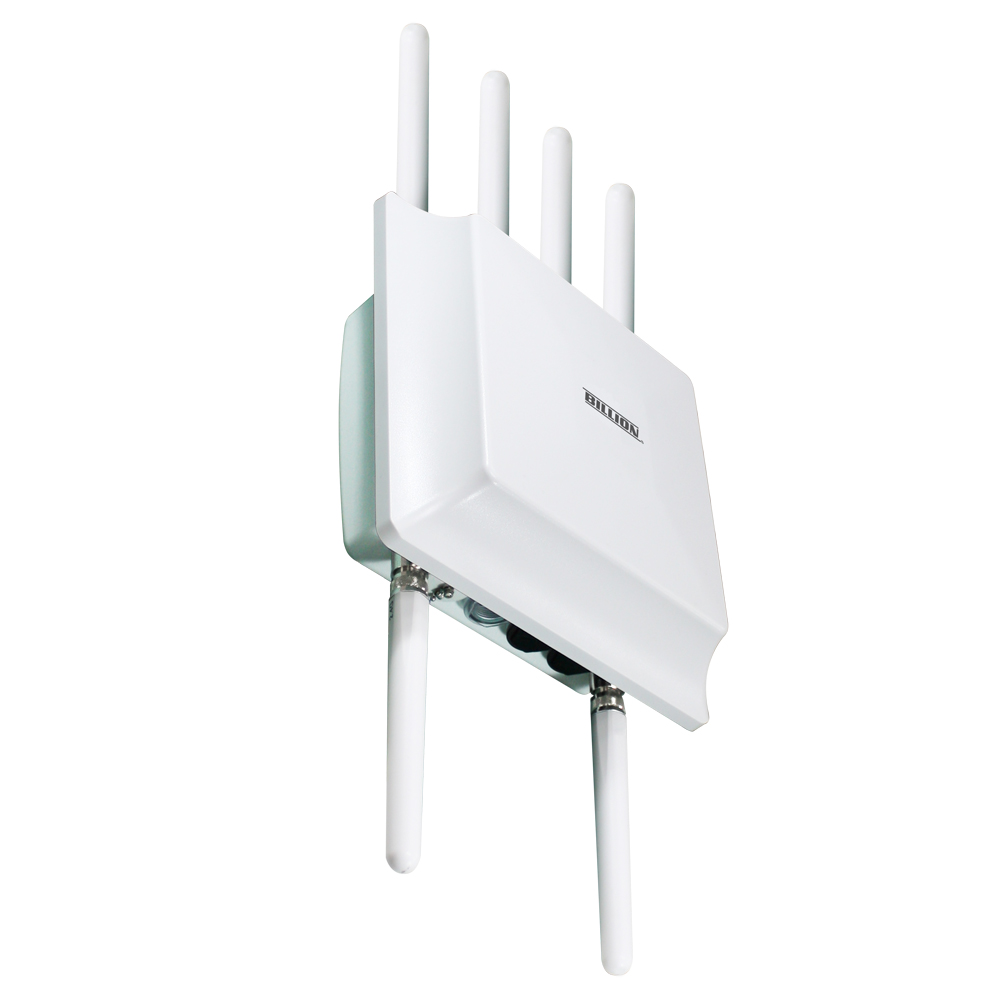
Conclusion
Selecting the right outdoor router is a critical step in establishing a robust and dependable outdoor network. By carefully considering factors such as coverage requirements, wireless standards, durability, signal strength, power options, ease of management, and future-proofing, you can make an informed choice that meets your specific needs. Remember, investing in a high-quality outdoor router not only ensures seamless connectivity today but also paves the way for seamless expansion and upgrades in the future, making it a worthwhile investment for any outdoor space.

